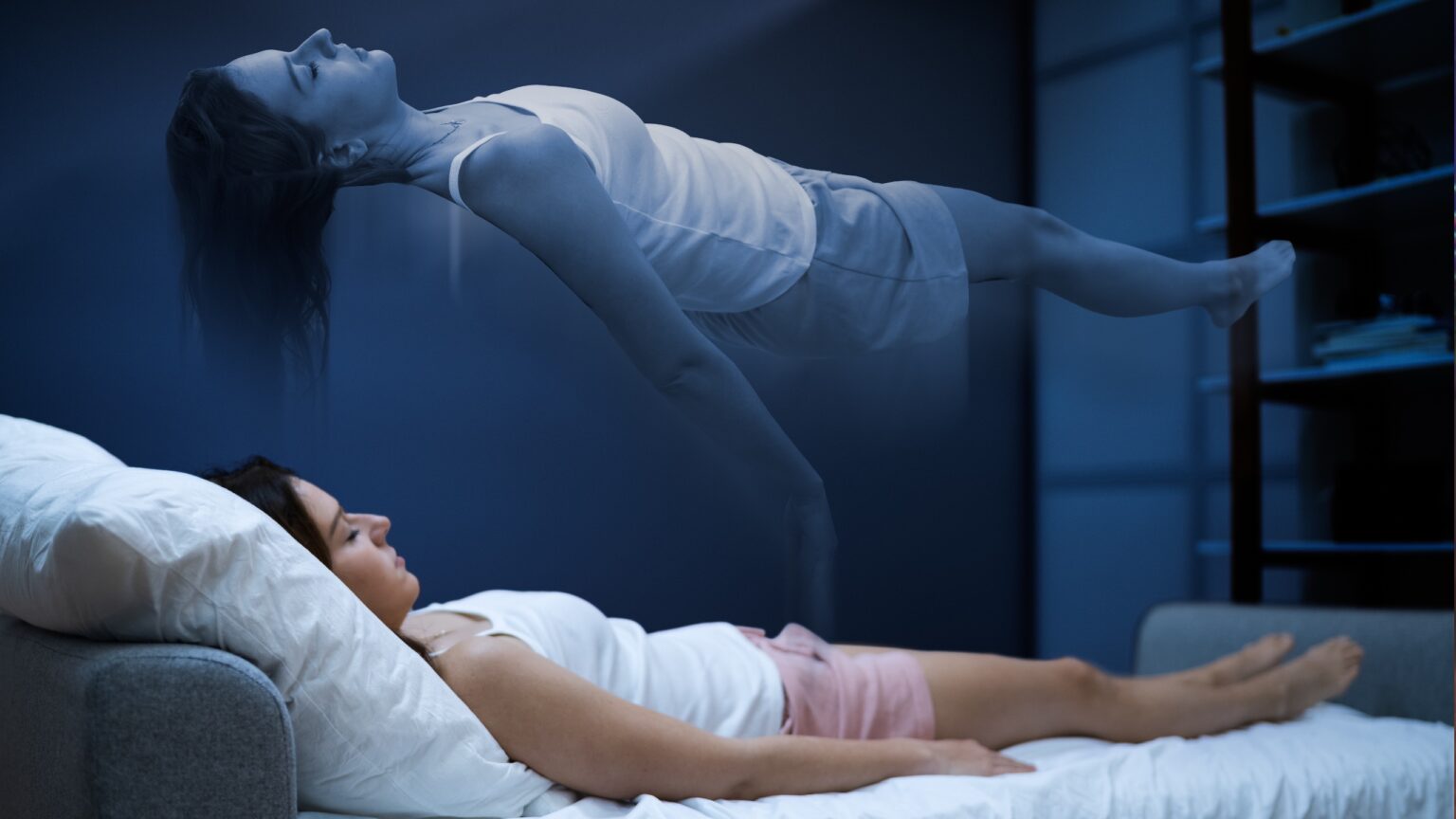Recent developments in artificial intelligence have stirred a whirlwind of excitement and caution. AI startup Prophetic leads the pack, claiming a revolutionary Halo headband device.
Moreover, designed to instigate and manipulate lucid dreams, this device could potentially be a game-changer, but it raises inevitable concerns.
The Allure of Lucid Dreaming
Lucid dreaming has fascinated humans for centuries since it refers to those unique dreams where the dreamer is not only aware they’re dreaming but can also, to varying extents, control the dream narrative. This mysterious phenomenon happens during REM sleep and is associated with the prefrontal cortex of our brain. Hence, Prophetic’s Halo aims to target this very region.
At @PropheticAI, we are building a device that stabilizes lucid dreams.
I’m excited to share our technology roadmap breaking down the science, the technology, our work with the designer of the @Neuralink N1 link, $1.1m pre-seed, and more:https://t.co/9334EehQ9n pic.twitter.com/V84qDxRbWT
— Wes (@weslouis_) October 5, 2023
The Halo plans to stimulate lucid dreams using pulsing ultrasound waves by detecting when users submerge in dreamland. Moreover, for those already experiencing these vivid dreams, the device promises to stabilize them. Yet, how it achieves this remains somewhat under wraps.
The Challenge Ahead
While the potential of harnessing lucid dreams to answer life’s big questions sounds appealing, there is no cakewalk. Lucid dreams, as Prophetic admits, are primarily spontaneous. The unpredictability of triggering these dreams externally may introduce unforeseen consequences, possibly overshadowing the significant advancements the company hopes to achieve.
The first human patient will soon receive a Neuralink device. This ultimately has the potential to restore full body movement.
In the long term, Neuralink hopes to play a role in AI risk civilizational risk reduction by improving human to AI (and human to human) bandwidth by… https://t.co/DzqoYI27Ng
— Elon Musk (@elonmusk) September 20, 2023
In addition, it’s also worth noting that while Prophetic’s venture has garnered substantial funding and partnerships, including with Card79, a collaborator of Elon Musk‘s Neuralink, the real-world application remains theoretical.
Lucid Dreams: Unraveling Consciousness
Consciousness has long been a source of debate and study. Notably, the “hard problem” of consciousness, which aims to bridge the gap between scientific research on the brain and our unique experience of the mind, has sparked substantial controversy among both scientists and philosophers.
However, lucid dreams offer a solution. As highlighted by the late Allan Hobson of Harvard Medical School, the paradoxical nature of lucid dreams, where one exhibits characteristics of both waking and sleeping consciousness, opens doors to studying consciousness in a new light. Essentially, lucid dreams might allow us to examine consciousness without external influences.
However, the challenge lies in the fact that these dreams aren’t easily induced, even by seasoned lucid dreamers. Significantly, it could be groundbreaking if Prophetic’s Halo can reliably trigger and stabilize lucid dreams.
Proceeding with Caution
Though the allure of controlling dreams and advancing consciousness research is undeniably attractive, it’s crucial to tread cautiously. Additionally, Prophetic’s Halo is still in its prototype phase, and its full implications, both positive and negative, remain to be seen.
Additionally, with other tech companies venturing into the realm of dreams, concerns about the commercialization and misuse of such technology arise. The idea of advertisers potentially hacking into our dreams sounds like a dystopian sci-fi plot, but it may soon be our reality.
Therefore, although the future of dream technology seems to hold promise, it also encourages us to be watchful. Moreover, when progress emerges, it is crucial to ensure that these innovations serve the greater welfare of humankind rather than the financial interests of corporations or the unanticipated negative implications of their use.









 and then
and then